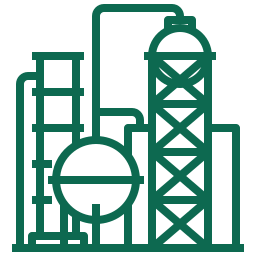
Many power plants generate electric power in steam plants that use fossil-fuel and high-speed turbines. Gate valves are the top choice for power plant on/off applications. Although other valves like the Y-pattern globe valves are sometimes used.
Another type of valve gaining popularity in this industry, and in fact are making great inroads in a formerly linear-valve-dominated industry, are high-performance critical-service ball valves. The very nature of power plants out a huge strain on piping and valves. Which requires a robust design to handle the extreme combination of cycling, temperature and pressure.
As well as the main steam valving, there are many ancillary pipelines in power plants. These ancillary pipes are populated by myriad of globe, butterfly, check, ball and gate valves.
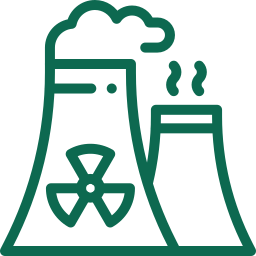
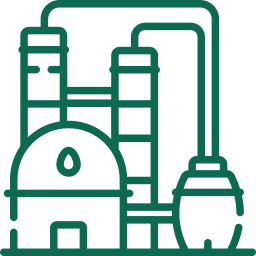
Oil & Gas wells and their production facilities use many heavy-duty valves. Oil gushing hundreds of feet in the air are no longer like to occur, it does illustrate well the pressure of underground gas and oil. This is why Christmas trees or well heads are placed at the top of a well’s long string of pipe. The combination of valves and special fittings are able to handle pressure upwards of 10,000 psi. it’s rare this kind of pressure is found on land anymore, but they are quite often found on deep offshore wells.
The valves used for wellhead equipment are designed for modest temperatures and extremely-high pressures. Christmas trees typically contain special globe valves called chokes as well as gate valves. The special globe valves are used to regulate the flow from the well. Aside from the wellheads, there are facilities on a gas and oil field which require valves. These include process equipment to pre-treat gas or oil. And these valves are usually carbon steel rated for lower classes.
Netflow valves excel as the finest severe-service valves available, thanks to exceptional strength, maintenance-free operation, unmatched durability, and extended lifespan. However, the most remarkable aspect that truly sets our valves apart is the unmatched level of customization they offer. Through the utilization of self-lapping, rotating-disc technology, each valve is uniquely designed to meet highly precise and individualized operational needs. Embracing diverse components and trim types, we forge one-of-a-kind custom valves tailored exclusively to fulfill your exact requirements with utmost precision.

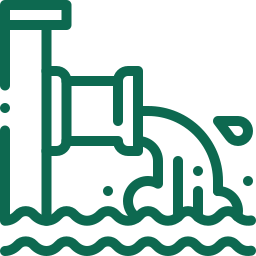
Waste water lines collect all the waste solids and fluids and direct them to the sewage treatment plant. Treatment plants feature low pressure piping and valves to carry out their work, and in many cases, the requirements for wastewater valves are much more lenient than the clean water requirements. Check valves and iron gate are the most popular choice for this type of service, and the valves are built in accordance with AWWA specifications.
When exposed to certain substances and chemicals, metal can erode, rust, and eventually fall apart. This is a primary factor when factories in the chemical industry pick and choose certain valves. So, while the function is, of course, essential, a capacity to resist exposure to certain substances is of equal importance. The control valves must often to perform exacting standard. The valves are design to handle brutal acidic, corrosive, abrasive and other hazardous conditions.
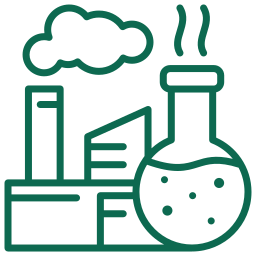
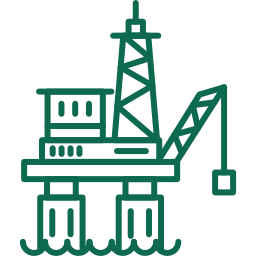
Offshore production facilities and oil rigs have piping systems which contain a plethora of valves. These are built to a variety of specifications in order to handle all the flow control challenges.
The arterial heart of an oil production facility is the gas or oil recovery piping system. This system isn’t always on the platform itself; the production system often operates at depths of 10,000 feet or more. On larger oil platforms, more processes are applied to the raw fluid coming from the wellhead. Some of these processes include separating gas (and natural gas) from the fluid steam, and separating water from hydrocarbons.
These systems often include ball and check, and API 6D gate valves. The strict requirements to use API 6D valves for pipelines don’t apply because the pipelines on the drill ship or platform are internal to the facility.
Steam is a vital source of heat and energy for industrial and chemical processes. It is also used for building heating, supplying mechanical energy, controlling temperatures and pressures, etc. Steam valves are used to control the pressure level of steam and heated water vapor.
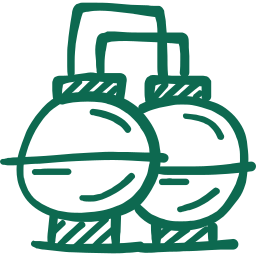

Continuously working with corrosive and erosive fluids under high pressure and at high temperatures. Splashing of pulp and alkaline, vibrations created by refiners and pumps, pressure shocks, crystallisation and scaling, impurities such as sand and metal wires. It is under these conditions valves installed in the pulp and paper industry have to work and to work properly as a failure will cause tremendous costs.
Valves play a critical role in the marine industry. As ships become larger and are used more frequently, they require the ability to generate power, treat and manage wastewater and control HVAC, as well as perform their required tasks. The size and application of the ship will determine the different types and number of valves on board. Valves are used to regulate the loading and storage of a ship's power supply, provide water for fire-fighting capabilities, handle and processes wastewater and store any liquid cargo, among many other applications. Any valve that processes sea water must be durable, and all marine valves must be reliable due to lack of resources once out at sea.
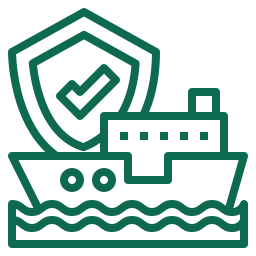
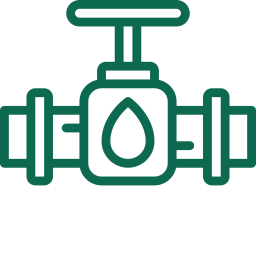
While underground, pipelines are usually made conspicuous by signs, to prevent people digging or, if the pipe’s underwater from dropping an anchor in the wrong place. Many important valves are used in these pipes: for example, emergency pipeline shutoff valves are found at specific intervals in accordance with codes and law. An emergency valve can isolate a section of pipeline for maintenance or for a leak.
There are also facilities scattered along the pipeline: this is where the line emerges from the ground so it can be accessed. This is where the launch equipment for inspection and cleaning the line. These stations contain several valves, and they are usually either ball or gate type valves. The valves of a pipeline system must be full-opening to allow for the passage of the launching equipment.
Marine valves perform many different duties both above and below the decks of the ships. All vessels need some form of energy to power their engines, and valves regulate the loading and storage of whatever is used. A diesel tugboat might have only one fuel valve, while a large cargo ship may have a complicated system of pumps and manifolds with multiple valves directing the fuel to various tanks on the ship. Oftentimes, these tanks are located at strategic points to aid in the ballasting of the vessel.
Along the many miles of piping, Petroleum refineries require dependable isolation of critical equipment and control of process flow, coupled with reliable vent and drain valves. A valve's performance ensures not only the integrity of the process and safety of plant personnel, but also the volume and rate at which the plant can produce.
